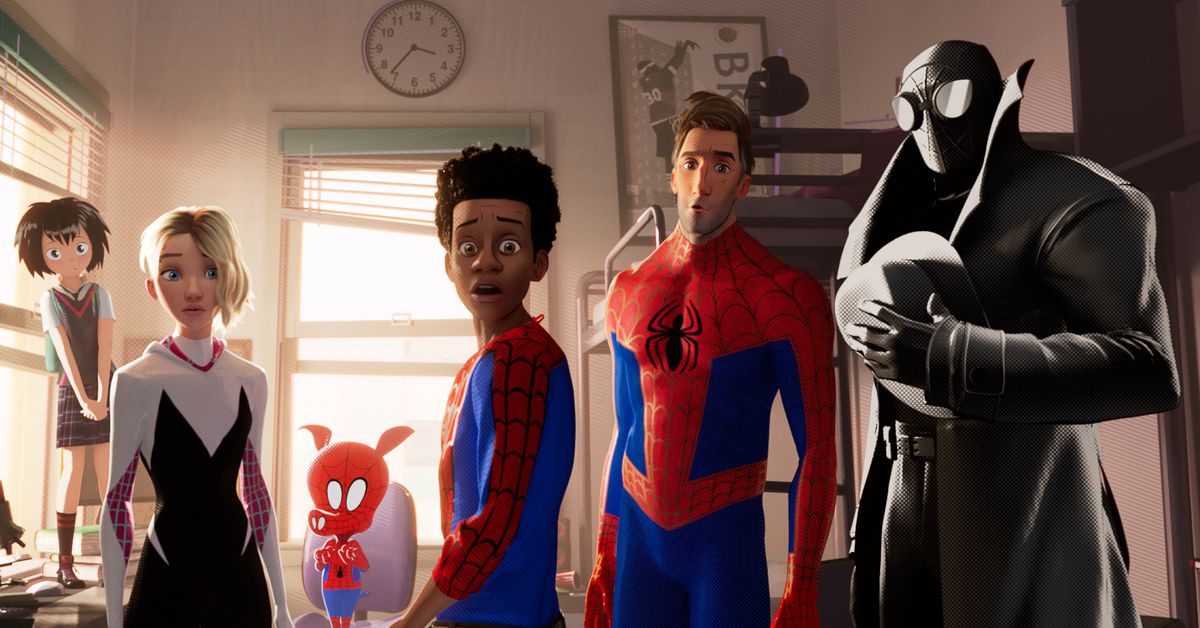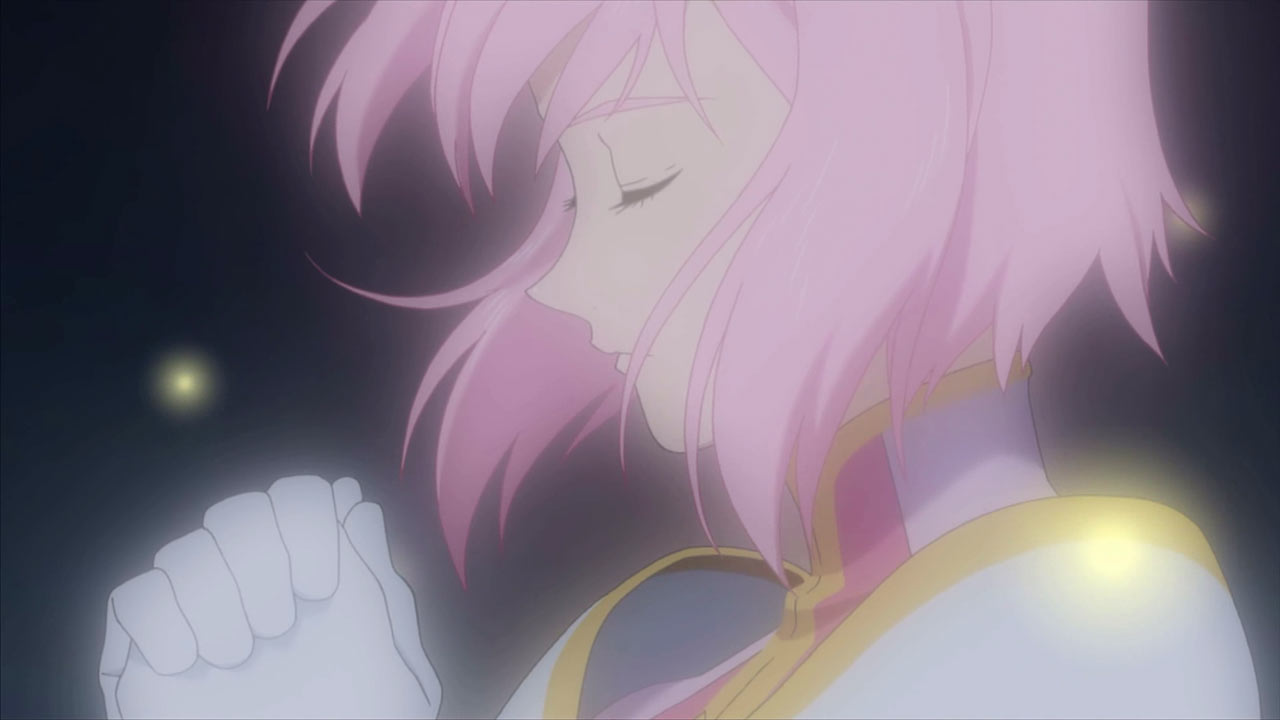Spider-Man: Into the Spider-Verse’s end credits scene, explained

Spider-Man: Into the Spider-Verse is finally out, and with the reviews as good as they are, we expect a lot of people to see it droves, and for the gears of sequelization to crank forward. And like any good superhero movie, it comes with a mid-credits scene that sorta kinda teases at where the franchise might go next. With reported plans for both a Spider-Verse 2 and Spider-Gwen spinoff, Sony’s wasting no time with building a parallel, animated universe for Miles Morales.
If you’ve seen Spider-Verse and are curious just what the heck happened during its credits, we’ve got you covered. If you haven’t seen it, we really think you should. Or, you could check out some exclusive concept art, or some behind-the-scenes footage. This is all to say: we’re about to enter spoiler territory.
[Ed. note: the rest of this post will contain spoilers for Spider-Man: Into the Spider-Verse.]
:no_upscale()/cdn.vox-cdn.com/uploads/chorus_asset/file/13624943/SpiderVerse_ugf040.1106_lm_v1.jpg)
Sony Pictures Animation
Stick around after the end of Spider-Man: Into the Spider-Verse, and you’ll get a fuller rendition of “Spidey-Bells,” a track off of Spider-Man’s Christmas album, including a little insight on his musical career. You’ll also be treated to a heartfelt thank you to Spider-Man creators Stan Lee and Steve Ditko, along with a quote from Lee that’s very relevant to the movie’s final message:
“That person who helps others simply because it should or must be done, and because it is the right thing to do, is indeed without a doubt, a real superhero.”
Wait a little longer and you’ll get the movie’s single end-credits scene, which is both a hint at sequel plans, and a very good reference to Spider-Man’s most memetic animated incarnation.
The after credits scene drops us in Nueva York, where we are introduced to yet another parallel universe Spider-Man, identifiable by his distinctive red and deep-blue suit, if not the setting. This is Miguel O’Hara, the Spider-Man of the year 2099, or, colloquially, “Spider-Man 2099.”
:no_upscale()/cdn.vox-cdn.com/uploads/chorus_asset/file/13624955/IMG_AFAE83D9CD87_1.jpeg)
Rick Leonardi/Marvel Comics
Marvel’s 2099 setting kicked off with a series of comics titles in the early ’90s, which, at the time, were intended to be stories about the real and true future of the Marvel Comics universe. One in which the “Heroic Age” came to an end decades before and none of the heroes we would recognize are still around. Megacorporations rule America and people have voice activated personal assistants, so, really just like how we live today cyberpunk.
Miguel was a scientist whose corporate masters and research partners betrayed him, and, long story short, he wound up with 50 percent spider DNA and became his era’s new Spider-Man. In Spider-Verse, he’s voiced by none other than Oscar Isaac (The Last Jedi, Ex Machina).
His inclusion at the end of the film could have some interesting implications for Spider-Verse sequels: For one thing, it appears in this scene that Miguel is preparing to travel the multiverse intentionally, rather than being sucked through a portal like the rest of the Spider-Beings Miles meets in Spider-Verse. Establishing that there’s a way to hop dimensions purposefully could kickstart the plot of whatever comes next for the franchise.
Then there’s the case of Alchemax, the research corporation that Kingpin and a host of other Spider-Man villains seem to be collaborating with in Spider-Verse. While it has been incorporated into the main Marvel Universe since, Alchemax first appeared in comics in Spider-Man 2099 #1, by Peter David and Rick Leonardi.
If Spider-Man 2099 knows about all the dimension hopping that’s been happening in Miles’ world, Alchemax’s presence might not be a coincidence on the part of the writers. Curiously, Spider-Man: Into the Spider-Verse never actually explains where the spider that gave Miles his powers came from. It’s would be easy for a later film to connect it to another parallel earth, given its proximity to Kingpin’s testing site, or directly to the Alchemax of 2099.
But let’s reel back the speculation and get to the memes.
In Spider-Verse’s credits scene, Miguel attempts to travel between dimensions and winds up somewhere quite unusual: Earth-67. That is, the world of the 1967 Spider-Man cartoon show, the first Spider-Man adaptation to use his now famous theme song.
But there’s another thing that Spider-Man (1967) is famous for these days: The memes. And Spider-Verse dives right into the most obvious one for its concept, giving Miguel and the Spider-Man of Earth-67 a moment to act out the “Spider-Man Pointing at Spider-Man” reaction image/image macro for a healthy laugh.
:no_upscale()/cdn.vox-cdn.com/uploads/chorus_asset/file/13619699/C_658VsXoAo3ovC.jpg)
So if Miguel is somehow trying to get to Miles’ world, it looks like it might take him a while.
[ad_2]
Source link





